At various times over the last few years, Toyota has reiterated its commitment to hybrid drive, merging petrol and electric drives for fuel economy.
LEXUS launched an EV version of its small UX 300e SUV earlier in the year and it is both comfortable and capable. Toyota stubbornly refused to follow suit.
The bZ4X comes late next year, and although Toyota have said electrified cars play a big part in their future, have been slow to act. The bZ4x is a joint project with Subaru and its Solterra which debuted world-wide, and made and appearance in Australia at the BRZ launch.
Toyota includes PHEVs in its electrified mix but the focus may fall on the BZ3, the joint Toyota/BYD project made in China.
A 600km range, Toyota’s e-TNGA platform, and a new battery system, give BZ3 and edge over Tesla’s Model 3. The Beyond Zero project resulted in the BZ3 being a cheap, long-range EV that promises 90% battery efficiency after 10 years. It also bring Toyota quality, something the American electric car maker falls short on.
There have been many reports of shortcuts taken in Tesla Model 3 development and manufacture. Toyota has made few mis-steps over the years so it remains to be seen exactly which markets will see the.
One thing is certain, Toyota could have been an early entry into the EV world, and although the fuel cell ev “Mirai” had promise, the company is now a long way behind other large car makers. It markets no pure EVs in Australia.
This Week Review: 2022 Jeep Gladiator Rubicon FULL REVIEW – Is it easy to drive in town?
Help Support Gay Car Boys Subscribe to our Youtube Channel
- Top GayCarBoys Stories:
- Sexy Men Drive 2021 Toyota Yaris Cross
- 10 Sexiest MotoGP Motorcycle Riders
- DON’T Drive YOUR CAR until you’ve Checked if your AIRBAG will KILL YOU
- 10 Hottest Racing Drivers
- Top 12 Best Gay Lesbian LGBTI Luxury Cars
- Top 10 Gay Lesbian LGBT Cars
- Top 10 Gay Lesbian LGBT Sports Cars
- Top 15 gay and lesbian LGBT SUVs
- Talented Twinks – Callum Ilott Virtually Races Arthur Leclerc
ABOVE: Toyota EV – bZ3 and bZ4X
Tesla Model 3 and Model Y have been top sellers, but the figures hide the fact that it was production delay baclogs, not new sales, that made Model Y 3rd top seller last month. The arrival of several shipments allowed the completion of previously inked sales. In other words, the figures give false impression of the success of the brand, and, EV buyers had little other choice.
Now, the choice is a rapidly expanding one. There are other options include Hyundai IONIQ 5 and KIA EV6 which eclipse Tesla’s patchy quality and odd design decisions.
Furthermore, Australian buyers have been poorly served by a decade of government inaction on climate change. It served to disincentivise auto makers, and continued to feed Australia’s dependence on fossil fuels.
In that decade, oil refineries have all but shut down, car making has ceased, and emission standards have taken a back seat.
Notable announcements have changed the landscape in the months since the conservative government was dumped. Volvo Australia took the bold step of announcing a 100% electric lineup by 2025, putting all other automotive retailers on notice, including Tesla.
Over the next few years, Australia must confirm stricter emissions standards, and accelerate the EV infrastructure required to facilitate the EV revolution. It is coming whether doubters want it or not.
The final hurdle is price, which most buyers cite as their primary reason to stay in the dark ages. That question has yet to be answered.
Other GayCarBoys EV Stories:
- The Trouble with Electric Car Charging-Polestar 2
- 2022 Polestar 2 Dual Motor Review
- Polestar 2’s Android Google Operating System Top 10 Tips
- Polestar 2 VS Tesla Model 3
- Polestar 2 Where Its Google OS is Star-Trek-Meets-Car-Trek
- How Much and How Long to Charge My Polestar 2?
- We drive 2019 Jaguar I-Pace SE EV400 Electric car
- 2021 Hyundai IONIQ 5 EV Review
- KIA’s EV6 is Finally Here: What a Cracker! FULL REVIEW
- 2021 KIA Niro EV, PHEV and Hybrid First Drive
- Hyundai NEXO Hydrogen Fuel Cell SUV REVIEW
- Is Hyundai’s Kona EV the Best Electric Car on the Market?t
- Audi E- Tron 50 Review PT 1: EV Myths BUSTED!
- 2021 Audi E-Tron 50 Sportback Review: PT 2 The Drive
- 2019 Jaguar I-Pace SE EV400 Driven and rated in GALSTON GORGE Australia Video Review
- Nissan LEAF 2019: All New EV Powers Your Home VIDEO REVIEW
- Hyundai’s 2019 Electric Ioniq: The cheapest EV In Australia?
- New Nissan Leaf Could Power Your Home for a Week
- Tesla Model 3 Colors and Price
- Charging My tesla Model 3
- Tesla Model 3 Full Review Inside, outisde, and Roadtest
- Mini Cooper SE electric
- Karma Starts E-Flex Prototype Testing
- Is Karma Automotive’s New E-Flex Platform a Game Changer

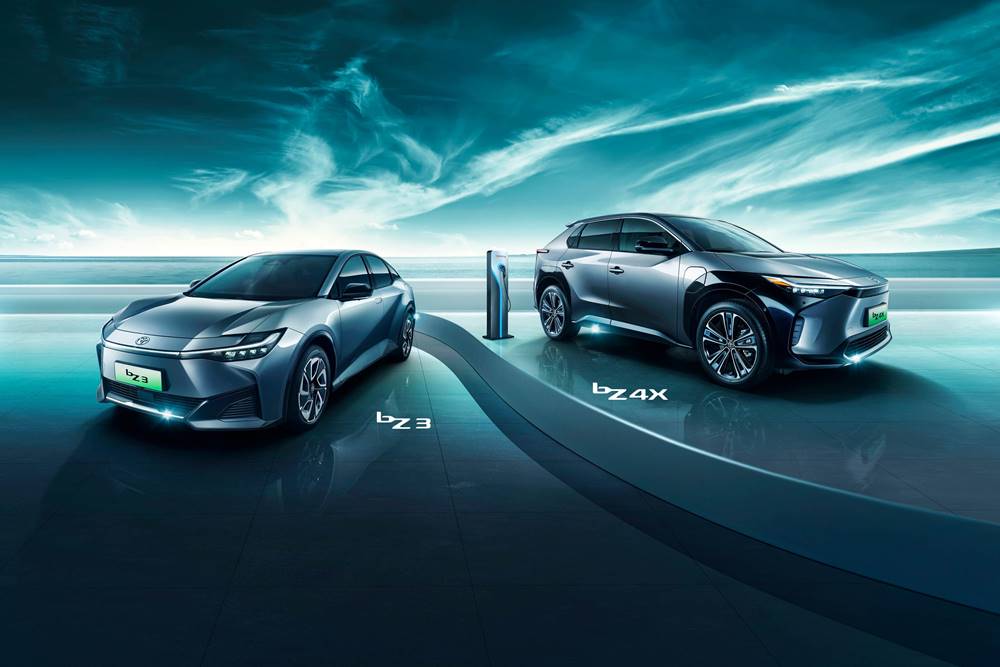






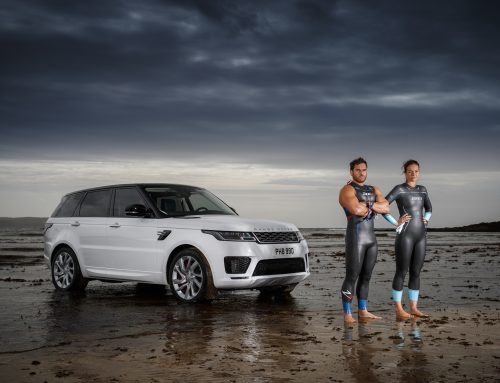
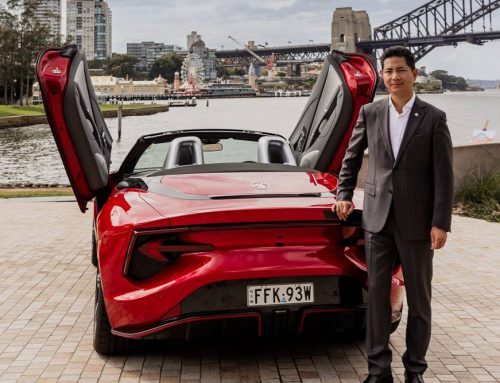
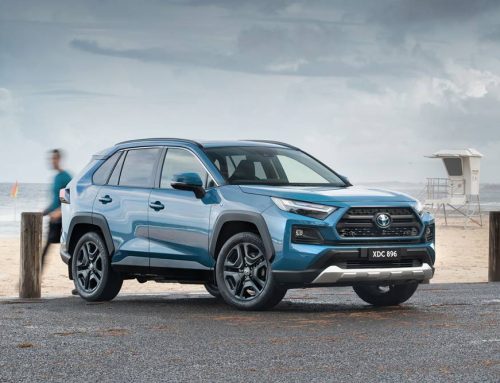
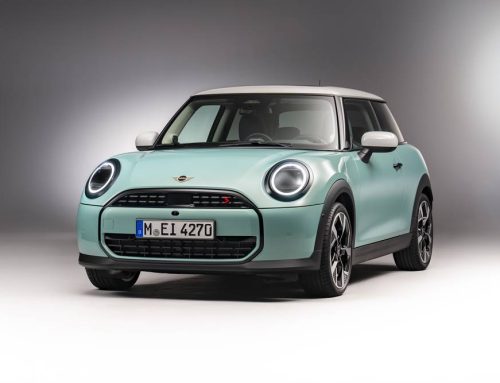
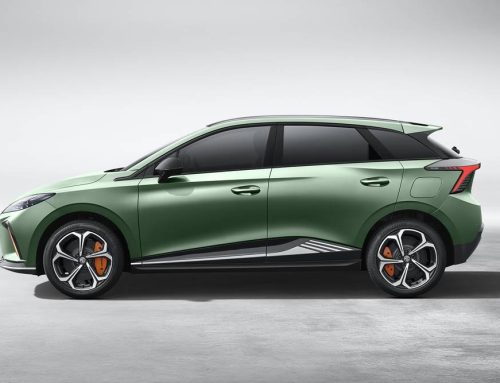

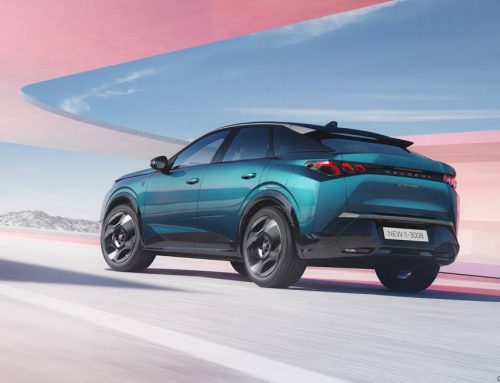
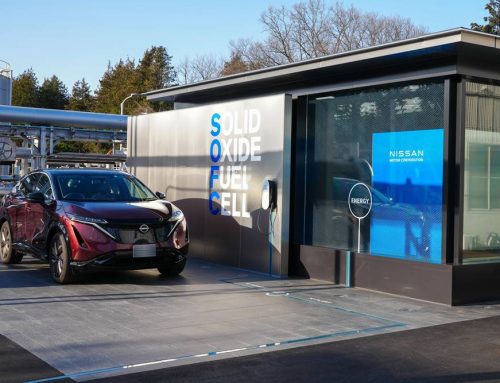
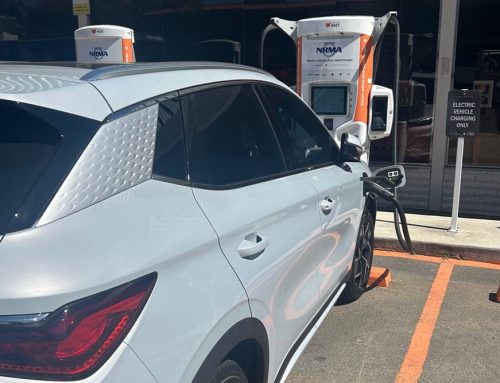
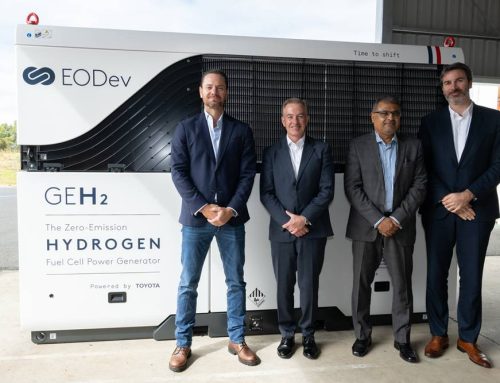

Leave a Reply